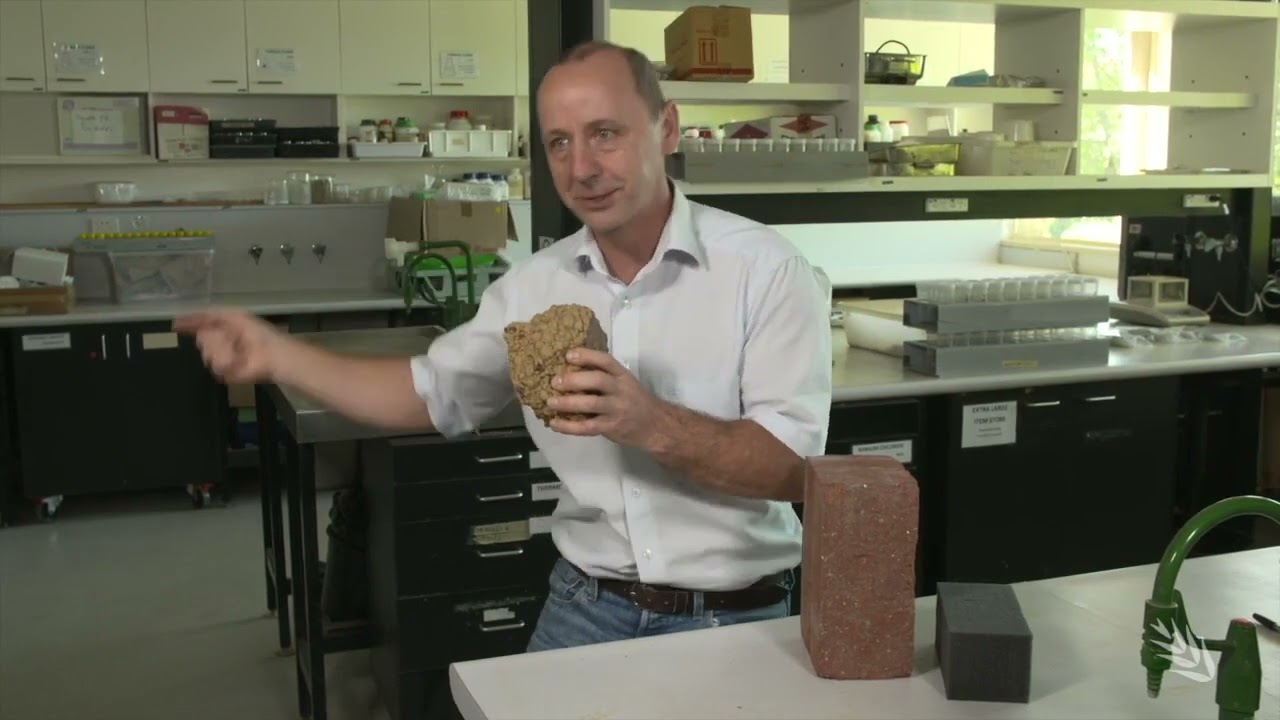
Gravel particles contain pores which allows extra space for interactions with water, nutrients and microorganisms within the soil profile – with many questions remaining to be answered.
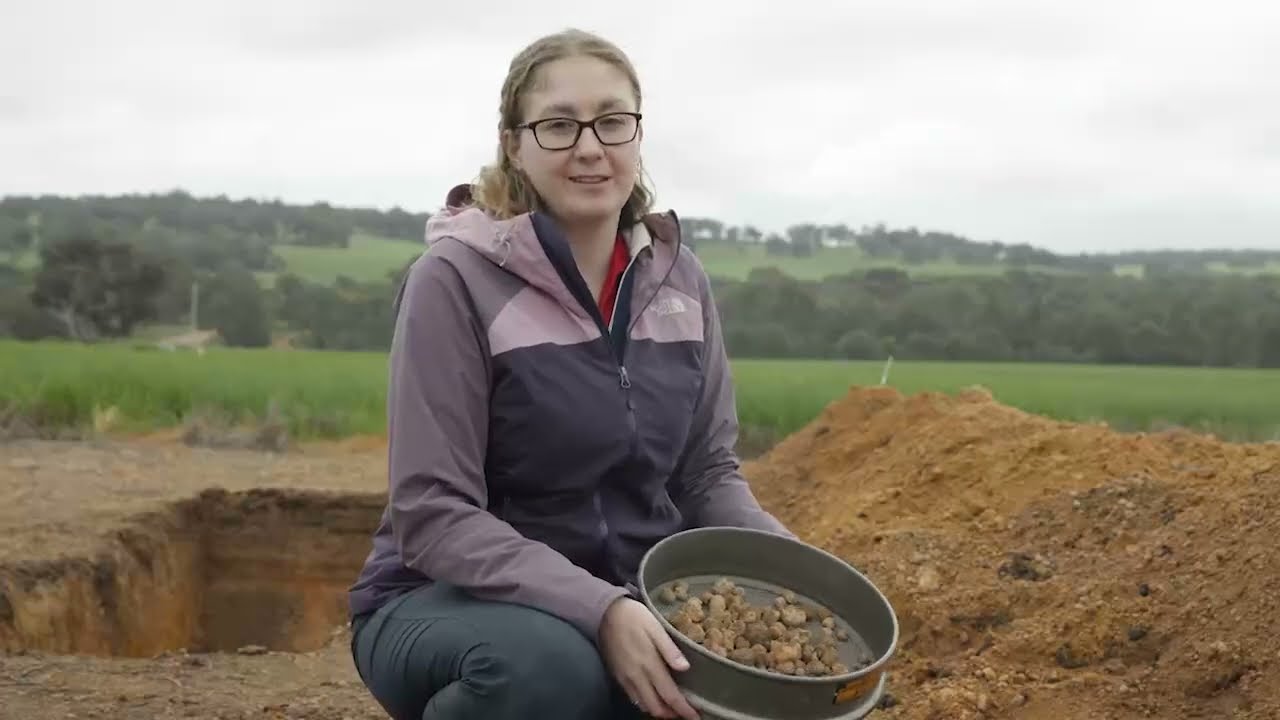
Gravel soil comprises four million hectares of the arable area used for crop production in south-west Western Australia.
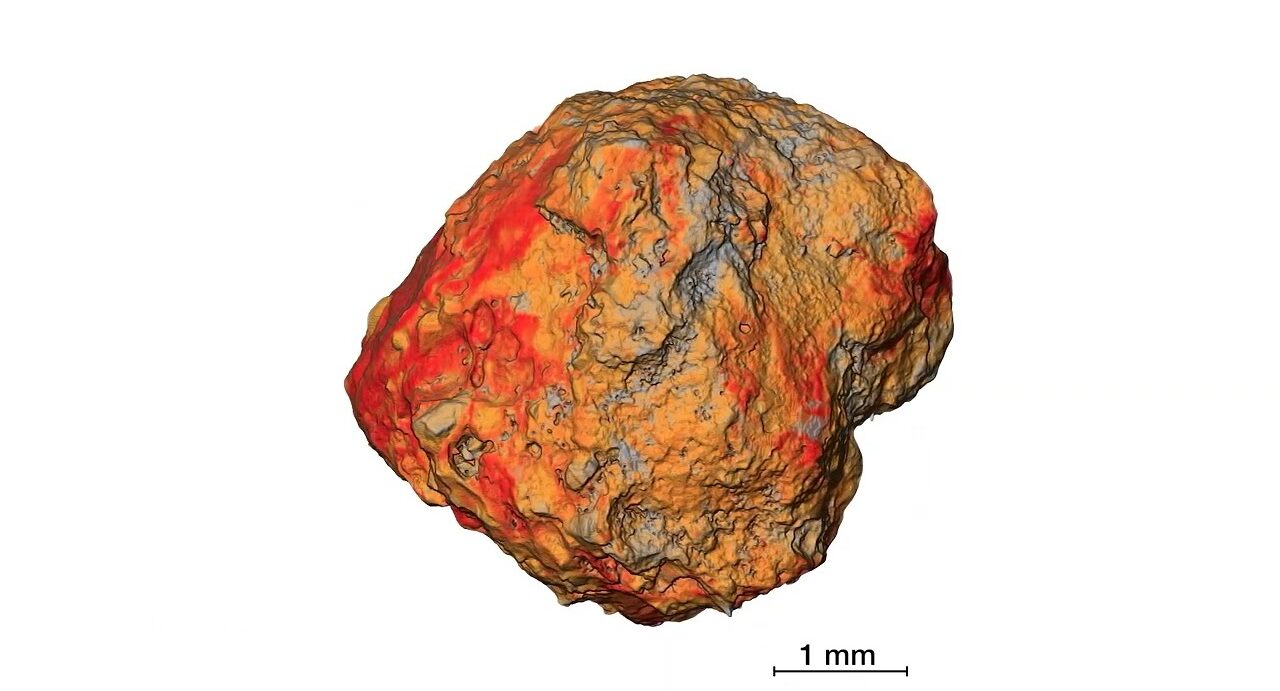
Internal pores in ironstone gravel particles provide additional water storage, new surfaces for nutrient binding and microhabitats for microorganisms.

Nutrient cycling in gravel soil
Fact sheet
In gravel soil, the carbon pool is concentrated compared to a soil without gravel.
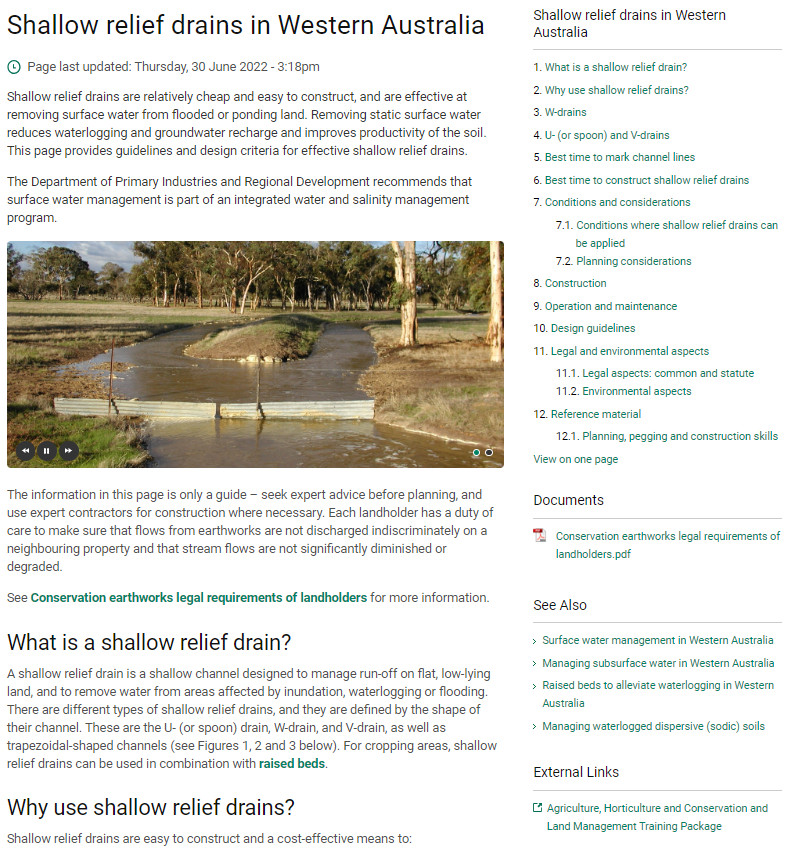
Shallow relief drains in Western Australia
External link
Shallow relief drains are relatively cheap and easy to construct, and are effective at removing surface water from flooded or ponding land.
Department of Primary Industries and Regional Development
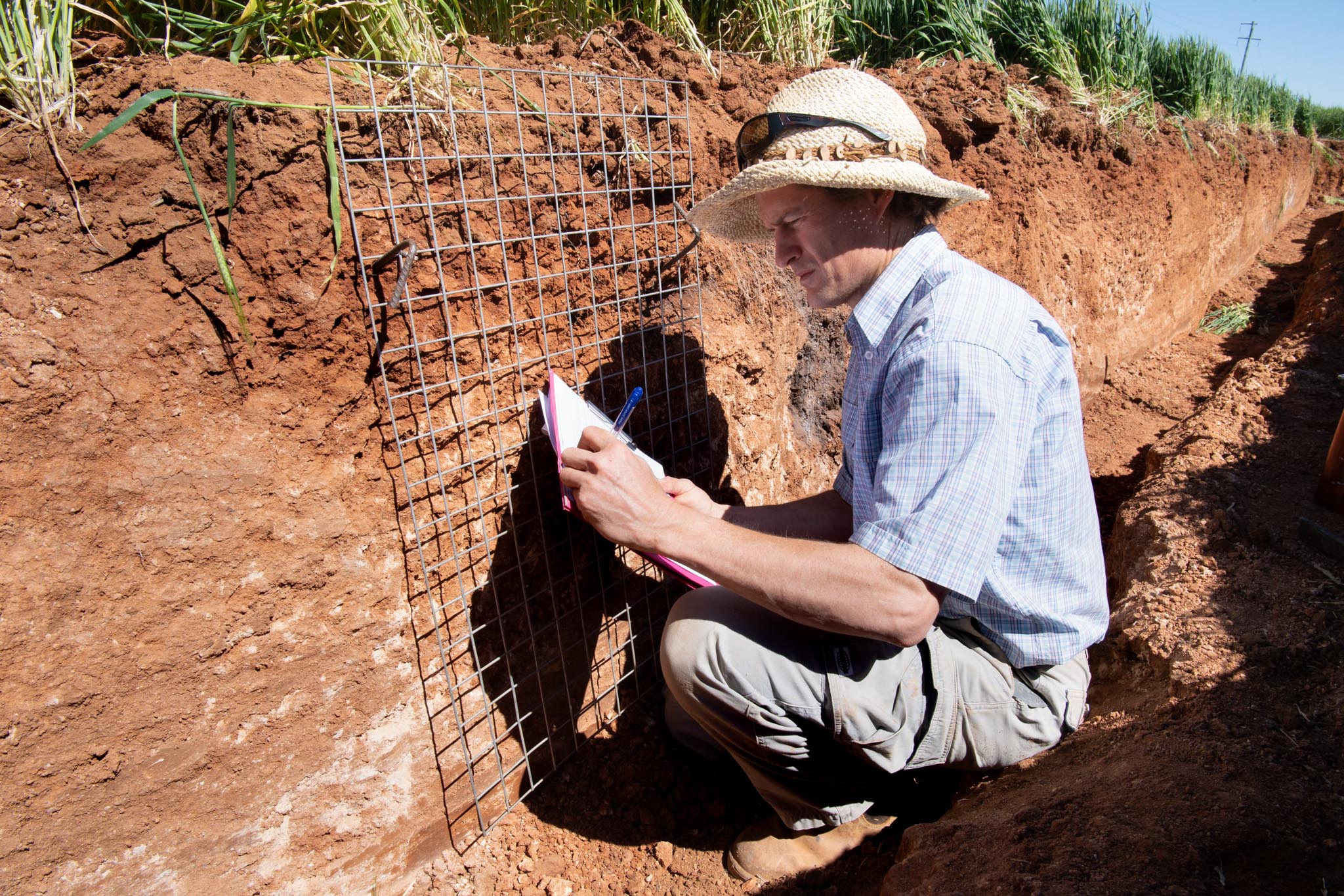
The premise behind this trial is that for sustained improvement of soil physical properties, such as increased infiltration rate, deep ripping and gypsum should be applied together; gypsum should provide stabilisation of soil aggregates and assist in decreasing dispersion at the soil surface.

Current best scientific practice for agricultural field experiments is application of treatments to relatively small areas of ground under a randomised and replicated field plan. This can be time consuming and expensive to achieve and may seem excessive relative to other real world strategies such as single applications to large areas. This NSW DPI Soils Network of Knowledge (SNoK) webinar will outline the logical case for conducting field research in the recommended manner and demonstrate some of the pitfalls when other roads are taken.
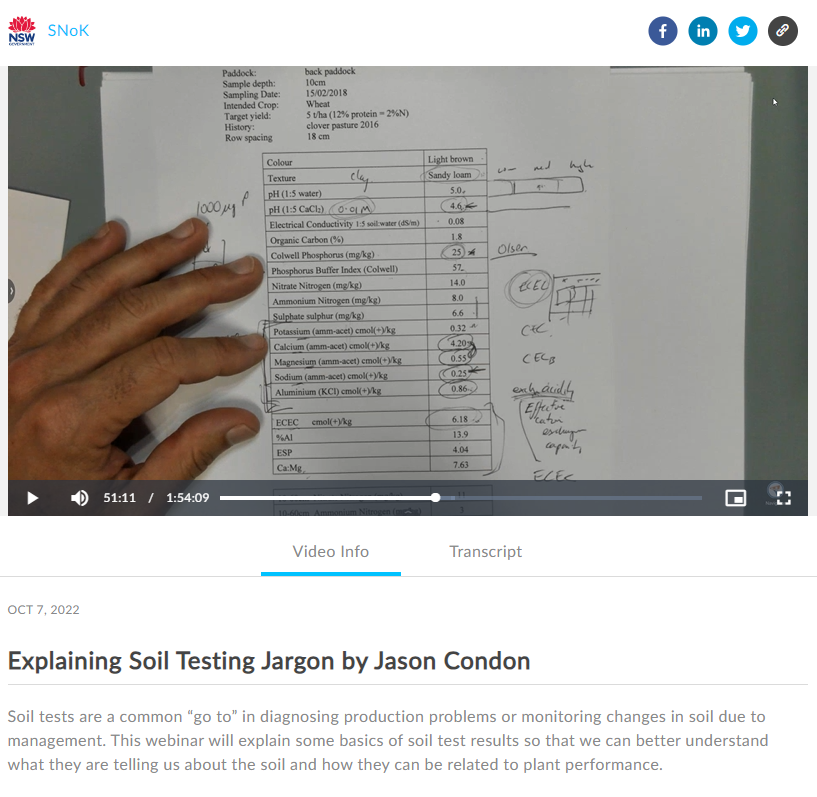
This NSW DPI Soils Network of Knowledge (SNoK) webinar will explain some basics of soil test results so that we can better understand what they are telling us about the soil and how they can be related to plant performance.
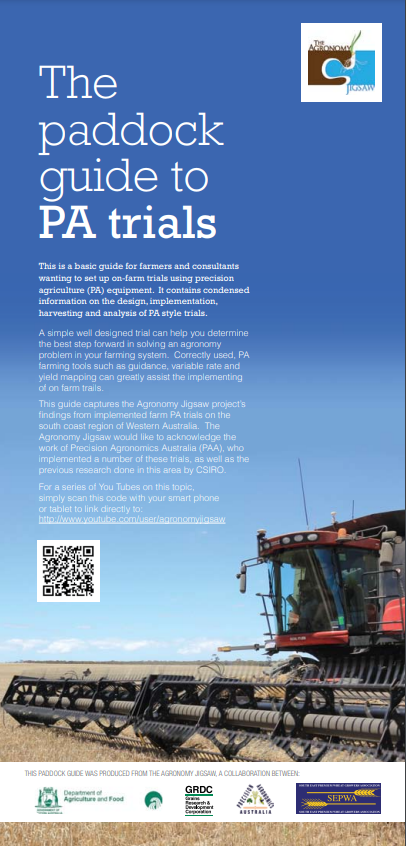
The paddock guide to PA trials
Report or other publication
This is a basic guide for farmers and consultants wanting to set up on-farm trials using precision agriculture (PA) equipment. It contains condensed information on the design, implementation, harvesting and analysis of PA style trials.



